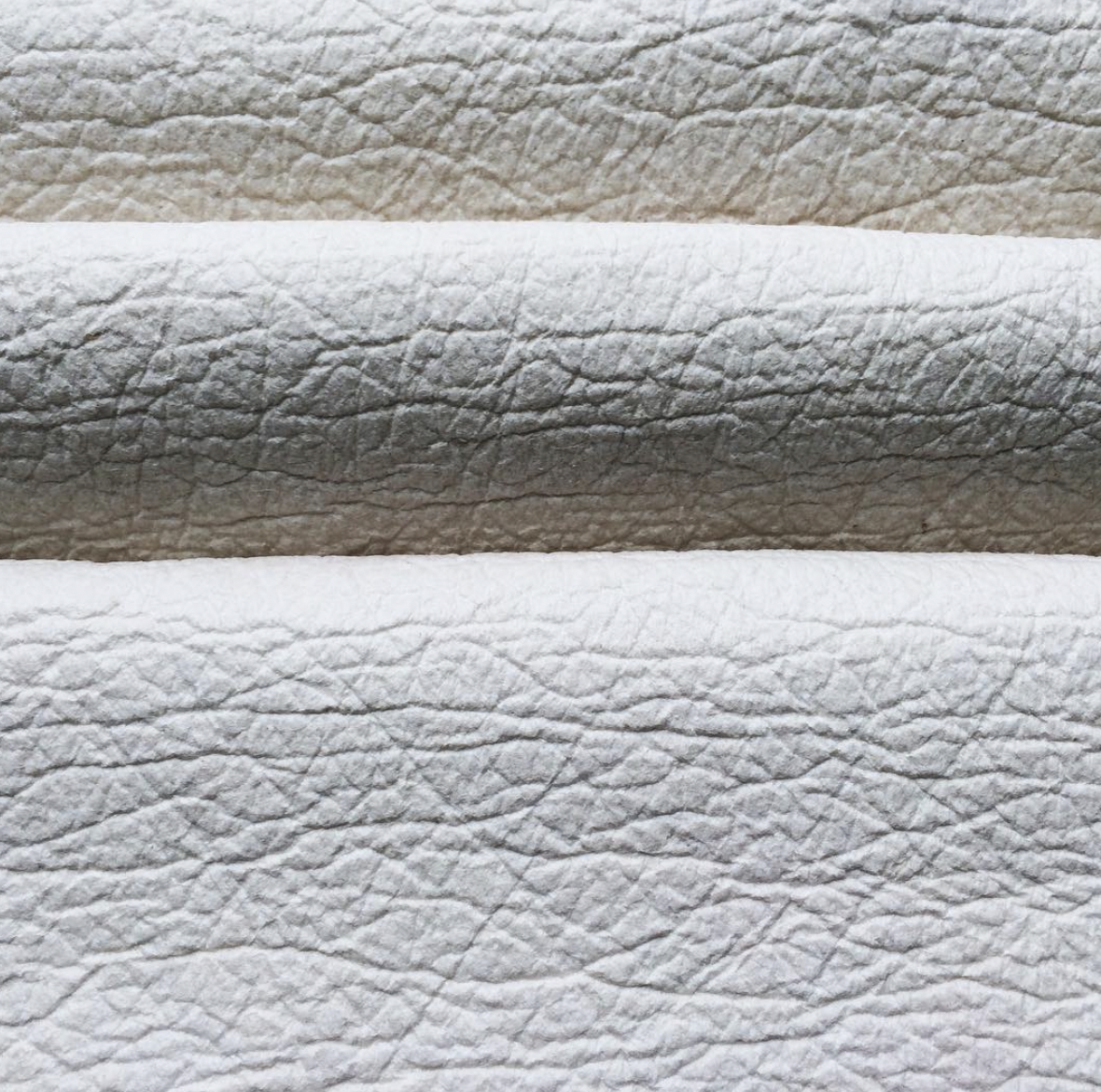Nature and Fashion - A Relationship that Will Never Break Up
Nature has always been woven into clothing – both figuratively and literally. For over thousands of years, humans have been making garments from our environment’s natural resources. Whether it be wooden jewelry, cotton, plant leaves, or dye from crushed bugs, our Earth has always provided us with the needed materials for creative expression. Within recent decades, however, we have strayed away from natural resources, relying on newer, more artificial forms of production. Artificial synthetics and materials – such as acrylic, polyester, spandex, and rayon – can have negative effects on both our environment and bodies, and can even affect cultural traditions for people around the world.
Synthetic fiber is one of the most notable types of such materials. This man-made product mimics the properties of cotton and is made with fibers such as nylon, polyester, acrylic, and rayon. The fashion industry created synthetic fiber as a cheaper and more easily accessible alternative to natural fiber. While that’s good news for fashion business owners and consumers, the planet gets the short end of the stick. Not only is this type of fabric harmful to the environment, but it also directly harms your body.
According to Particle Fibre Toxicology, a specific type of synthetic fiber called phalate has been found to interfere with reproductive development. Its flame-resistant, wrinkle-free, anti-fungal, and antibacterial properties added into synthetic fibers are littered with toxic chemicals that can create dangerous health risks.
The health risks of these fibers aren’t just a threat to people living in the United States – in fact, this issue is much more apparent overseas. Garment workers in major textile production areas – such as India, China, and Bangladesh – are prone to disease, pesticides, exposure, ingestion of hazardous chemicals, and even radiation.
Protecting yourself and the environment from the effects of synthetic fibers can be a simple task – so long as you know what to look out for. Natural materials such as linen, cotton, and wool are all alternatives that can protect both nature and you. Just make sure they’re ethically produced!
A form of plant-based “leather” called pineapple leather is starting to gain traction in the fashion industry amongst consumers and producers alike. Vegan leathers are also natural alternatives to synthetic leather, where its production techniques result in less pollution, exploitation, and create longer-lasting wear.
Photo Credit: Pinatex
A common misconception about natural fibers has to do with its so-called lack of durability. However, natural fibers are actually extremely strong and long-lasting. Due to the structure of cellulose, which makes up most natural materials, plant-based fibers are extremely reliable. Wool, specifically, is known to be flame and water-repellent. Linen, made from the flax plant, has been used since 3100 B.C.E, when ancient Egyptians used the material for its durability. Due to linen's hard-wearing properties, linen garments can be repeatedly worn for years without replacement.
Buying fashion that has been made with natural fabrics is just one way to strengthen the connection between nature and your closet. If nature already provides us with hundreds of different materials to make clothing, then why do we keep trying to fight against what we already have? In the long run, working with our environment to preserve sustainable lifestyles will give back to the Earth. So, the next time you go shopping, consider the origin of your clothing and the effects it has on society, earth and yourself!
Written by Alyx Sheridan
Alyx Sheridan is from the D.C. area. She gained interest in slow fashion through shopping at her local thrift store, and since then has been on a journey to learn more about the industry. Slow Fashion USA is her creative outlet, where she can explore this interest and hopefully inspire readers across the country.


